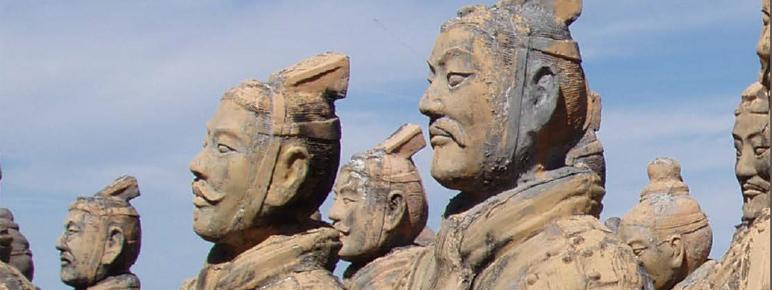News Xina 5
China and the future new world order
China has been the fastest growing of the world’s major economies in recent years and thanks to this economic growth the country is strengthening its position as a major world power. With a population of over 1,300 million people, the Asian giant’s macroeconomic figures show that it is one of the most dynamic economies, with annual GDP growth of over 8% in the last decade and astrong positive current account balance. It is overtaking Germany as the world´s largest exporter, although it has been significantly affected by the Eurozone crisis: Europe´s imports from China account for 20% of all Chinese exports.
China’s economic structure is important for understanding the country´s economic progress and its potential for growth: it has highly developed provinces and strong population flows from rural to urban areas, thus consolidating the creation of a middle class, as well asa new generation of “very rich” fuelling demand for a huge amount of products and services, especially in the luxury sector. China´s economic growth is largely driven by the manufacturing industry, resulting in high consumption of energy and raw materials. This is accompanied by increased private consumption, with the urban landscape of the large industrial citiestransformed by growing numbers of private vehicles replacing the traditional bicycles. China´s high demand for energy - the population´s electricity consumption is now similar to the global average - and heavy dependence on coal and oil mean that the country will have to develop other energy sources, such as gas, in the medium term. According to information recently published by the International Energy Agency (IEA) in its World Energy Outlook 2012, China is consolidating its position as the world’s largest energy consumer.The agency forecasts that the Asian giant´s energy consumption will rise by 60% in 2035. China accounts for 50% of the total net increase in world consumption of oil.
China is the second largest economy in the world. Its significance goes beyond the energy sector, but it is not without major challenges, such as corruption andpower abuse, a serious problem that has occurred in China as in other countries.Another issue is keeping imbalances in check, which is greatly exacerbated by the asymmetries resulting from the economy growing so rapidly in a short space of time. China faces real challenges, which the Chinese themselves have identified: structural readjustment of the economy, the integration of urban and rural development and internal migratory flows, as well as international economic cooperation, where US-China bilateral relations are the main focus of attention.
In China everything happens at breakneck speed: GDP doubles every seven years.The changes that Europeunderwent over half a century have taken place in China in just a decade, which has given rise to these imbalances. We should letthe country continue this transformation. The Chinese themselves should set their own pace and implement the reforms they deem necessary for their economic, political and social development in the present andfuture. What is good for China´s population of 1,300 million will be good for the rest of the world, if their welfare is in proportion to the country´s growth.
Juan Rosell Lastortras
CEOE President
TAKE A LOOK AT NEWS XINA N. 5

